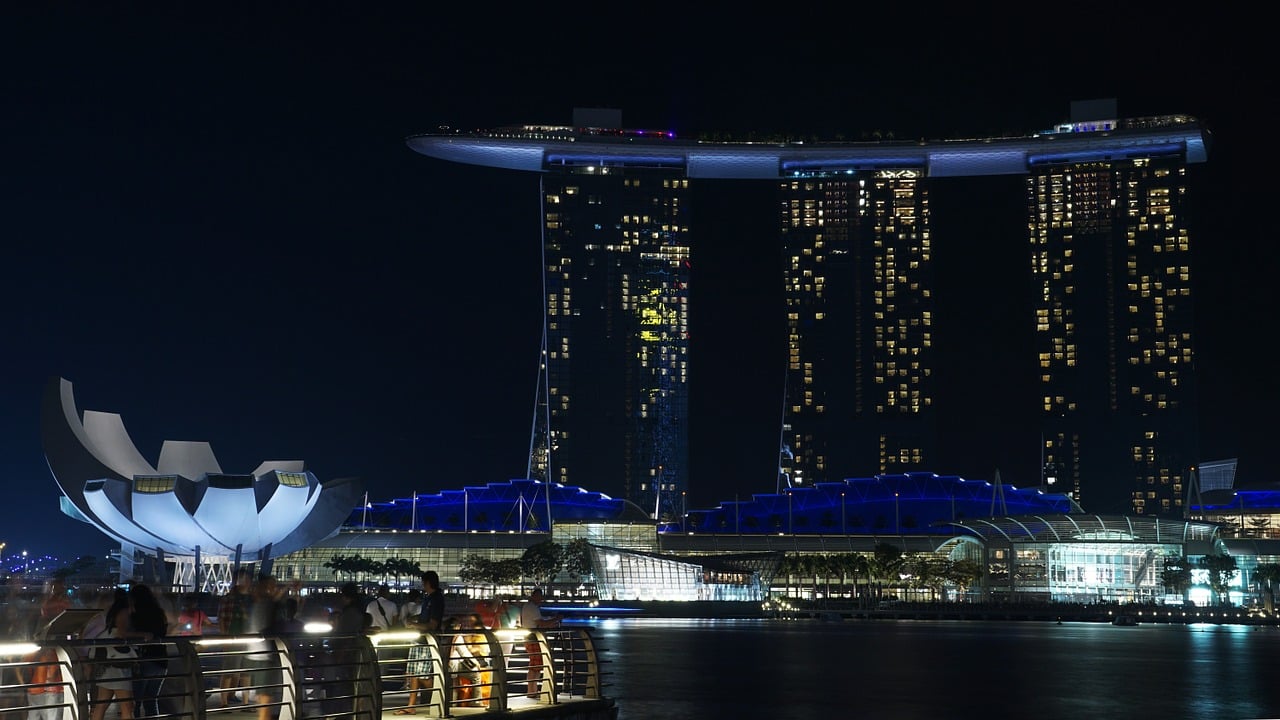It’s one of the greatest transformations the world has ever seen…
In 1965, the small island nation of Singapore was in bad shape. It had few natural resources, double-digit unemployment and an uneducated population. At just 275 square miles (a third the size of Greater London and four-fifths the size of the U.S. city of San Diego), it was one of the smallest countries in the world. Aside from its location in the middle of the major sea route between India and China, Singapore didn’t have a lot going for it.
Fast forward to today, and Singapore is one the most prosperous, innovative and well-developed countries in the world.
It’s also one of the wealthiest. Its GDP per capita has grown more than 10,000 percent over the past 50 years, and today stands at US$53,000 per capita. That compares to US$57,000 per capita for the U.S., and US$8,000 per capita for China. Singapore has enjoyed peace and prosperity and uniquely strong governance over the past several decades.
Singapore has a lot going for it. But for most of the past few years, the country’s real estate market has been trending downwards.
What’s been going on in Singapore’s residential property market
The following graph shows the long-term index of residential prices, from Singapore's Urban Redevelopment Authority (URA).
As you can see, after decades of strong growth, prices for both residential real estate (the red line) and office real estate (the grey line) have been flat or trending downward in recent years. Residential real estate has seen a compound annual growth rate (CAGR) of 6.7 percent since the first quarter of 1975. And office real estate has seen a CAGR of 5.2 percent in that timeframe. This growth rate handsomely beats the long-term rate of inflation.
Why have prices been trending downwards in recent years? Well, there are two major factors at play here.
Firstly, Singapore has seen a persistent excess of supply of new residential units come into the market since 2013.
Government policies have also hurt real estate prices.
As the price chart shows, in the lead up to the great financial crisis and in the years after it, prices rose dramatically. In an attempt to “cool” the market, a series of policies were implemented to slow the pace of price appreciation.
In 2009, interest-only mortgage loans were banned, along with schemes that let buyers defer repayments. The following year, a sellers’ stamp duty was levied on homes that were resold within a year of purchase in an attempt to reduce speculative activity. The maximum mortgage loan-to-value (that is, the ratio of a mortgage loan to the home’s value) was lowered.
Over the following three years, more measures were introduced, including additional stamp duties for foreign buyers (i.e., to cool Chinese speculative inflows) and further loan-to-value reductions on mortgage loans.
Excess supply and a set of government policies designed to tame the market did their job, and prices fell.
But that excess supply is now fading. As you can see in the graph above, new supply in the coming years will drop to levels closer to the long-term averages. And excess supply will likely diminish as vacancies fall in the coming year or two. This is the key catalyst for a country-wide increase in property prices in Singapore.
We’ve also seen a rise in en-bloc sales, which are redevelopment deals when a group of owners in a particular housing block do a unified sale to a developer (at a sharp premium to market price) – who then redevelops the real estate into a higher value site. This is a bullish indicator.
Last year, we also saw the government roll back some of the “cooling” measures it put in place to stem the rapid rise in property prices.
I don’t think we’re likely to see a further peel back of those measures in the immediate future, but any further rollbacks would be bullish.
As a result, residential prices in Singapore may be at or near the end of their downswing, and poised to move in the opposite direction in the coming year or so.
In short, the real estate industry in Singapore, in most sectors, has been trending very differently from real estate markets in most other parts of the developed world. This market has been on a downswing that appears to be ending.
Good investing,






